The Residential Architectural Coating Market is characterized by intense competition and rapid innovation as manufacturers strive to capture market share and address the evolving needs of consumers. This sector encompasses a wide range of products, such as paints, varnishes, primers, and finishes designed primarily for residential use.
As sustainability and eco-friendliness become increasingly critical to consumers, companies are responding by developing low-VOC and environmentally friendly coatings. Market players are also leveraging advanced technologies to improve product performance, durability, and aesthetic appeal.
This competitive landscape is further enhanced by the presence of both global corporations and local manufacturers, each vying to establish a strong brand presence and loyalty among homeowners and contractors.
Jotun stands out in the Residential Architectural Coating Market due to its comprehensive portfolio of high-quality products tailored for various residential applications. The company has established a significant market presence through its commitment to innovation and sustainability.
Jotun's strengths lie in its extensive research and development capabilities, which enable it to create coatings with advanced properties such as weather resistance and easy application. Additionally, Jotun has made significant investments in enhancing its distribution networks, ensuring that its products are widely available to consumers and professionals alike.
The brand is recognized for its strong focus on customer satisfaction, offering tailored solutions and technical support, which fosters trust among consumers and contributes to its reputation as a leading player in the industry.
BASF, a prominent name in the Residential Architectural Coating Market, showcases notable strength through its vast research and development resources aimed at advancing coating technologies. The company's extensive range of products is designed to meet the diverse needs of residential customers, from aesthetic considerations to functional performance.
BASF has successfully built a reputation for delivering innovative solutions that enhance durability and offer superior protection against environmental factors.
Additionally, BASF is committed to sustainable practices, producing eco-friendly coatings that align with the growing consumer demand for environmentally responsible products.
The company's global reach and strategic partnerships further solidify its position in the market, allowing it to effectively cater to a broad customer base while adapting to regional preferences and regulatory requirements.


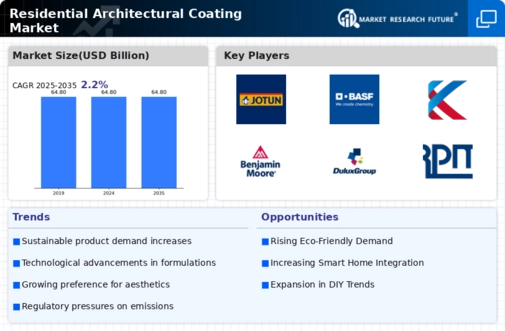

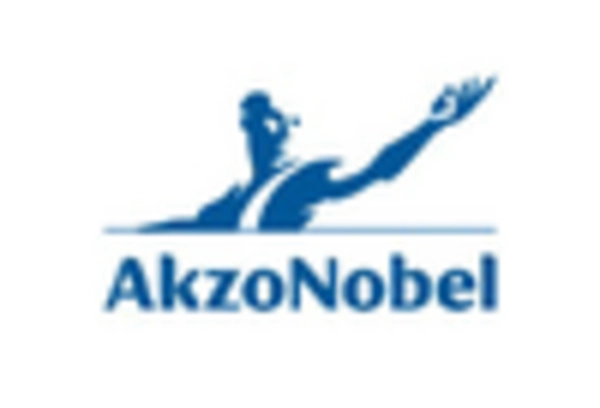


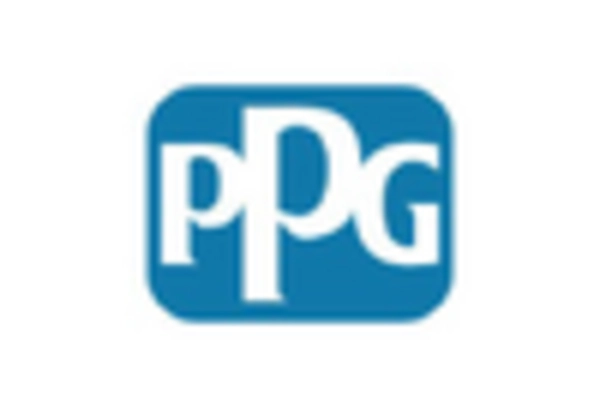
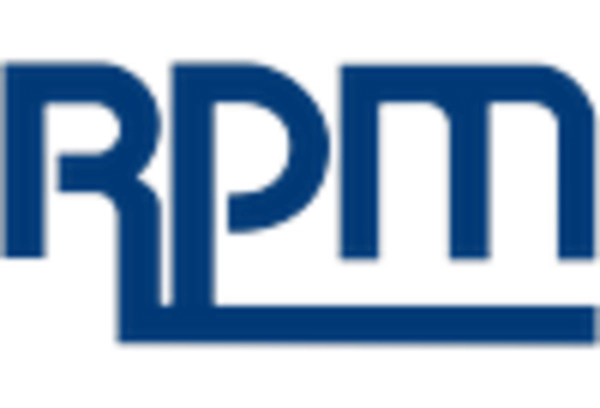
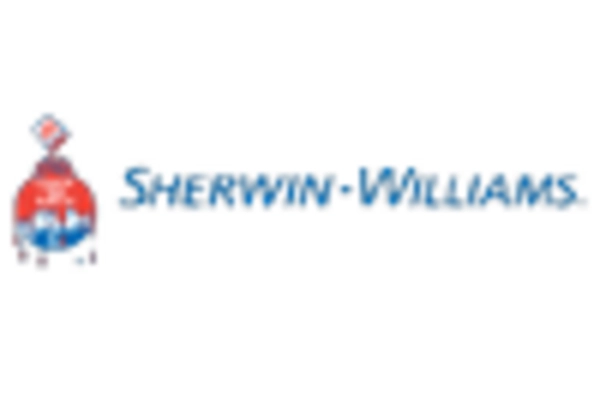








Leave a Comment